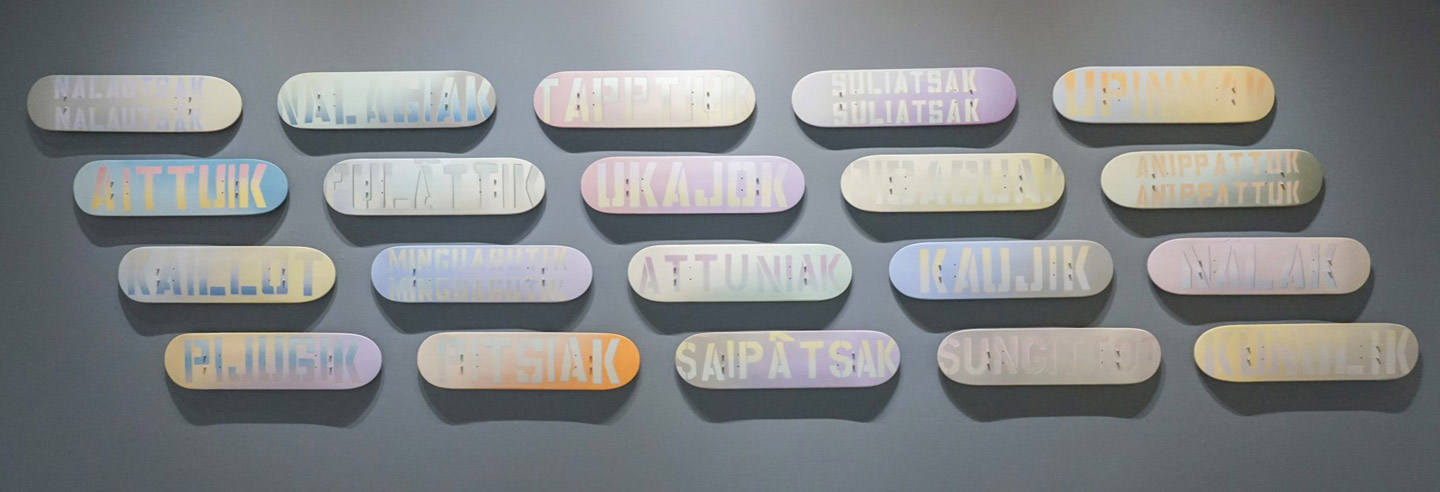Relations

Our relations with Indigenous nations and communities are not just a commitment.
First and foremost, they are the faces of some 20 advisors working since 1985 to build ties and maintain good relations with Indigenous communities.
Customized mitigation and enhancement measures
Hydro-Québec is committed to ensuring that Indigenous communities can practice their traditional activities on the land. That is why we involve them from the very first stages of our projects.
Together with the communities concerned, we develop mitigation and enhancement measures to foster the practice of traditional activities and protect the biophysical environment. We then make sure that these measures are implemented through environmental monitoring. Here are some examples:
Biophysical environment
Human environment
Positive spinoffs
A key goal of the employment equity program that we launched in 2009 was to increase the Indigenous workforce. Today, we have some 350 Indigenous employees, many of them Crees and Inuit. In 2020, we also set up a team dedicated to recruiting and retaining Indigenous staff members so as to boost their representation within our organization.
Hydro-Québec has also contributed to the development of Indigenous entrepreneurship and generated significant economic spinoffs for Indigenous communities by awarding contracts to Indigenous firms such as the following:
In 2020, Hydro-Québec spent a total of $143 million on contracts awarded to Indigenous firms.
Sponsorships
In recent years, we have provided financial support for a number of initiatives in Indigenous communities. Here are some examples:
- Quebec Indigenous Science Fair
- Wapikoni mobile
- Alloprof Atikamekw
- Salon du livre des Premières Nations (First Nations book fair)
- Miaja, a gathering focused on Anicinabe heritage organized by Minwashin
- Annual conference and business exchange day of the Secretariat to the Cree Nation Abitibi-Témiscaminque Economic Alliance
In 2021, Hydro-Québec added an Indigenous languages and cultures promotion section to its Social Responsibility Directive.
Hydro-Québec collection
We began acquiring works of art in the early 1960s, the goal being to enhance our premises and support contemporary professional artists. Over the years, we have become more aware of the importance of representing Indigenous cultures in our collection and now make a point of enriching it with works by Indigenous artists.
We hope our efforts will give a greater voice to Indigenous artists and underscore the vitality of their practice. Here are some examples of the Indigenous works in our collection:











